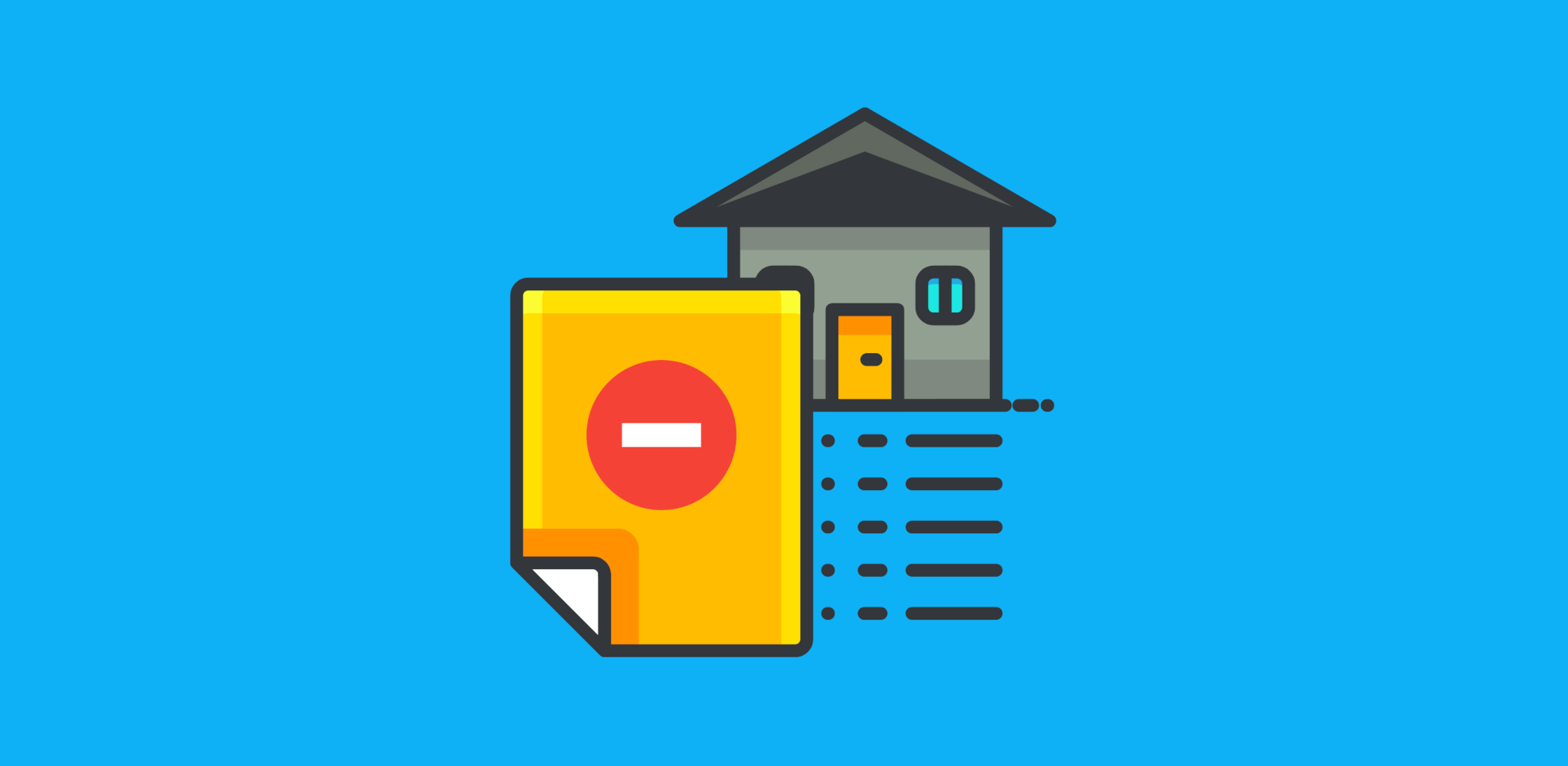5 Tips On How To Handle Sales Rejection
As a salesperson, you are not going to close every sale. Whether you are politely turned away or have the door closed in your face, you will have to learn how to handle the rejection with grace.
I have distilled what I have learned about sales rejection as a door-to-door marketer into these 5 tips:
1. Sales “Rejection” Never Happens
I remember the first door I ever knocked on. The short pitch still fresh in my mind (or so I thought), I trembled at the sound of the approaching footsteps. A thin wooden barrier was all that separated me from my mystery prospect.
Insecurities flooded my mind. What if I mess up? Will they think I’m stupid? What if they slam the door in my face? What if they reject me?!
The door creaked open. A woman in her mid-sixties glared up at me. “Yes..?”
I fumbled through my pitch: “Sorry to bother you, I’m Dave from [Company Name]. We just…um…finished up a windo—I mean, uh, roofing project down the street, and I noticed some wear and tear on your shingles. While we’re here, we’re giving you and all the neighbors free estimates on some…uh…roofing products. We’ll have…uh…”
I froze. I couldn’t remember the rest of the pitch.
“I’m all set” she muttered, and slammed the door.
An overwhelming feeling of rejection washed over me. I was shattered.
I called my friend (who helped get me the job), “Hey man. I just got torn apart by some old lady. I don’t think I can do this anymore.”
He laughed, “Dude, it’s 12pm on your first day. You literally just started. Calm down.”
“‘Rejection ‘never happens,” he explained. “What actually happens is you offer something to a prospect, and the prospect says “no”. That’s it.”
“But isn’t that the same thing as rejection?” I asked.
“No. ‘Rejection’ is your story about what happened—the negative emotional weight you attach to the ‘no’.”
And I finally understood.
“There is no good or bad without us, there is only perception. There is the event itself and the story we tell ourselves about what it means.” — Ryan Holiday
The negative emotional weight breeds thoughts like “I’m not good enough”, “I’m a failure”, “These prospects suck”, etc.
When you carry this emotional weight to your next sales opportunity, it results in a similar “rejection”.
But when you focus on what actually happens, you can acknowledge the “no”, without it weighing you down. Now, you can objectively learn from the situation and avoid the slumps.
2. Shift Your Perspective to Avoid Feeling Rejected
So you know rejection in sales is just a BS story you tell yourself—but how can you use it to your advantage?
Change your perspective.
Most people see a “yes” as a sale—furthering opportunity—and a “no” as a rejection—eliminating opportunity.
They’re dependent on the outcome—they want to get the positive result and avoid the negative one. But when you’re outcome-dependent, you lose power in the interaction.
What if, instead of viewing the outcome of a sale through a black and white lens—either a sale or a ‘no’—you look at it as the possibility of getting closer to a “yes”, regardless of the result?
Let’s break this down.
During my door-to-door “slumps”, I was very dependent on getting a “yes” at the door. I felt like every “no” was a wasted opportunity—it destroyed my momentum, validated my insecurities, and threw me further into the slump. Sometimes I skipped doors just to avoid confronting this fear.
But when I was on top of my game, I had a different perspective.
Possibility was behind every door.
The more “no’s” I got, the closer I was to that magical “yes”.
“Every no brings me closer to a yes.” — Mark Cuban
Even within the interaction, a “no” was a good thing—I could discover and work through a prospect’s objections and win them over.
Mess-ups and fumbled pitches be damned, I’d get as many “no’s” as possible because I knew it would lead to success.
This mental shift destroyed my outcome dependence and helped me skyrocket my results.
When you can break something apart, or view it from a different angle, it loses its power over you.
If you want to a sales boost, consider how you can shift your perspective to see a possibility in every result.
3. It’s All About the Vibe You Give Off
At my office, there was a WIDE gap (up to $60,000 in commission) between the best and worst marketers. In theory, this didn’t make sense. We all used the same pitch and rebuttals, nearly word for word—and we pitched the same neighborhoods over the course of a year.
So how, then, could there be such a giant gap in results?
There were several factors, but one played a big role: vibe.
Before you say a word, your prospect decides whether there’s even a chance they’ll buy from you.
They know if you’re confident and cool, or desperate and nervous.
It’s all about the vibe you give off.
If you have a confident, cool vibe, you’ll enjoy instant rapport with your prospects, instead of forced conversation.
But if it’s the opposite—well, they’ll slam the metaphorical door in your face.
If you give off a bad vibe, your prospect might think, resentfully, “What does this guy want?! But if you give off a great vibe, they’re more likely to wonder, “How does this guy want to help me?”
It doesn’t guarantee a “yes”—nothing does—but it opens the door (no pun intended, but intended) for the possibility of a “yes”. And that can make all the difference.
4. Small Talk Makes a Big Difference
When I was in a slump, I focused too much on cutting the BS and getting down to business—instead of building a relationship with the prospect.
Even when I succeeded with this approach, the interaction felt shallow…robotic, even. The prospect often canceled the next day.
And it was much tougher to work through objections. The whole interaction felt pressured and uncomfortable.
But when I was at the top of my game, I flexed my small-talk muscle.
Small talk builds rapport, which helps grow the relationship, assists in the sale, and creates a better experience for the prospect. Overall, it just provides more value.
Sometimes I’d have deep conversations with a prospect, other times we’d joke about a favorite TV show.
Besides creating some funny moments, this built trust with the prospect. I wasn’t a sales machine, spouting off a rehearsed script with no consideration for the human being standing in front of me. Instead, I was a relatable person with likes, dislikes, and some ridiculously funny banter!
Instead of rattling through rebuttals, I’d talk about their favorite subject: themselves.
When I’d bring the conversation back to business, they’d often forget all about their initial objection.
5. Always Be Closing
Of course, you can’t write an article about sales without mentioning Alex Baldwin’s legendary speech on selling.
Rejection is just a label. It isn’t real.
Remember — rejection is just a label. It isn’t real. You won’t close 100% of prospective clients even if you’re the most charismatic person on the planet. But once you understand that ‘rejection’ is simply a “no”, you’ll have a solid foundation for selling more.
Want to help contribute to future articles? Have data-backed and tactical advice to share? I’d love to hear from you!
We have over 60,000 monthly readers that would love to see it! Contact us and let's discuss your ideas!

